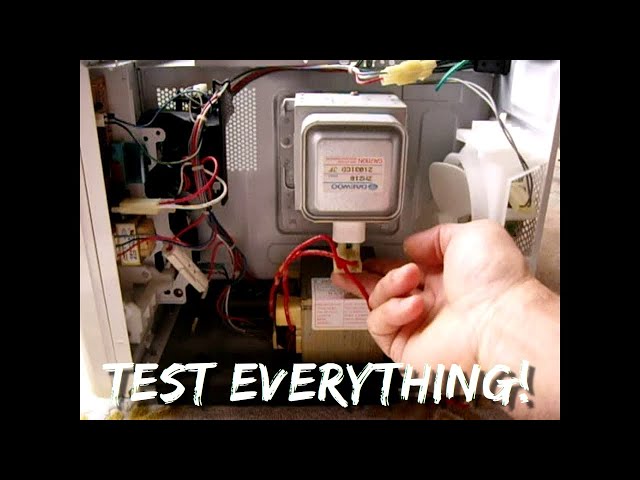Golf Simulators for Home: Transform Your Living Space Into a Year-Round Driving Range
For golf enthusiasts who want to sharpen their swing without leaving the house, golf simulators for home offer the ultimate blend of convenience, accuracy, and entertainment. These high-tech systems bring the driving range and full-course experience right into your garage, basement, or spare room no tee time required. Whether you’re a serious player tracking performance metrics or a weekend golfer looking to have fun with friends and family, a home golf simulator creates a personalized practice space that pays off in both skill and enjoyment. With advancements in launch monitor precision, graphics realism, and space-saving design, owning a golf simulator has never been more accessible or rewarding.
Explore how home golf simulators work, what features to look for, and why they’re becoming an essential tool for golfers of all skill levels.
What to Expect From Today’s Home Golf Simulator Experience
Modern golf simulators combine sophisticated sensor technology, real-time ball tracking, and immersive virtual courses to simulate a realistic golfing environment indoors. At the core of these systems is a launch monitor that captures data such as swing speed, launch angle, spin rate, and ball trajectory. This information is then projected onto a screen or monitor, giving players immediate feedback and realistic visuals. From famous PGA courses to custom practice modes, the software options are diverse and user-friendly. With minimal setup, users can enjoy a round of golf, refine their swing, or compete in online tournaments all from the comfort of home.
Choosing the Right Golf Simulator for Your Home Setup
Selecting the ideal golf simulator starts with evaluating your space, goals, and budget. Entry-level systems are compact and portable, ideal for casual practice or family use, while professional-grade setups offer ultra-precise analytics and lifelike graphics. Consider the type of launch monitor (radar-based vs. camera-based), software compatibility, and whether a hitting mat, net, or projector is included. If space is limited, opt for a retractable setup or a net-based solution that allows you to repurpose the room. For larger dedicated spaces, a full enclosure with projector and turf flooring creates a truly immersive experience. Ultimately, the best system is one that fits your lifestyle and training objectives.
Key Features That Make a Home Golf Simulator Worth the Investment
What separates top-tier golf simulators from basic hitting nets is the quality of feedback and realism. High-speed cameras and radar sensors measure swing and ball data with incredible precision, helping golfers diagnose flaws and track progress. Interactive features like multiplayer modes, skill challenges, and course simulations enhance the entertainment value. Systems with cloud-based storage allow users to save sessions, access stats remotely, and compete with friends across the world. Some simulators also integrate with fitness and training apps, offering drills and guided lessons tailored to your swing. Whether you’re chasing lower scores or just enjoying a rainy-day round, these features turn practice into play.
Why More Golfers Are Investing in At-Home Simulators
The rise in golf simulator popularity is driven by a desire for flexible, year-round practice that fits into busy lives. Home setups eliminate weather delays, long commutes to the course, and crowded driving ranges. They’re also ideal for families, as simulators provide interactive, screen-based entertainment that engages both golfers and non-golfers alike. For professionals and amateurs, the ability to practice specific clubs, analyze shot data, and repeat drills under consistent conditions accelerates improvement. Plus, with more affordable options entering the market, creating a personalized golf haven no longer requires a country club budget.
Where to Find the Best Golf Simulators for Home Use
Trusted brands like SkyTrak, OptiShot, TrackMan, and Foresight Sports lead the market with a range of packages designed for beginners to pros. Shopping online offers the broadest selection and the ability to compare features, customer reviews, and bundle deals that include mats, screens, and enclosures. Specialty retailers also provide expert guidance, installation services, and post-purchase support. During holiday sales or golf expo events, you may find exclusive discounts on premium systems. Be sure to check software licensing terms and compatibility with your devices to get the most value from your investment.
FAQs About Golf Simulators for Home
1. How much space do I need for a home golf simulator?
Most setups require a minimum of 10 feet wide, 10 feet deep, and 8 feet high, though larger spaces offer a better experience.
2. Can I use real golf balls with these simulators?
Yes, most systems are designed to work with real golf balls for accurate feedback and realistic play.
3. Are golf simulators suitable for beginners?
Absolutely. They offer guided practice, swing feedback, and user-friendly interfaces that help new golfers learn faster.
4. Do I need a projector for a golf simulator?
Not always. Some simulators use monitors or tablets for display, while high-end systems include projectors for immersive visuals.
5. Can I play full 18-hole courses on a simulator?
Yes, many software platforms offer simulated rounds on real-world courses like Pebble Beach and St. Andrews.



